Our Brand Spotlights are where we share the stories of the people behind the brands that we carry. We want the Withered Fig experience to be more than just buying a product – we want our customers to know the people behind the brand. It is the men and women from the top to the bottom – owners, designers, cutters and sewers – that make up the soul of the brand. We hope that these stories will help you learn a little bit more about what makes each brand unique and will inspire you to pursue your passions as well.
INTRO
The Rite Stuff, pioneered by Bryan Shettig [S], is a one-man brand that has steeped itself deep into the pre-WWII era repro workwear style. The Rite Stuff produces a small line of early 1900s workwear. The line features historically accurate details of yesteryear made with fabrics of today.
We had the pleasure of meeting Bryan Shettig in Taipei, Taiwan, where he currently resides with his wife and two children. Though based in Taiwan, Bryan works with factories in Japan to produce his line of pre-WWII workwear.
For this Rite Stuff interview, we sat down with Bryan Shettig at the Taipei Film House in Zhongshan District, Taipei, which was formerly an American diplomatic mission through most of the early through mid-1900s. Our discussion centered around Bryan’s interest in 1920s and 1930s workwear clothing and the details that go into each piece. As there are a few other resources out there on the basics of his story, we instead focus on some narrow and unique aspects of our conversation.
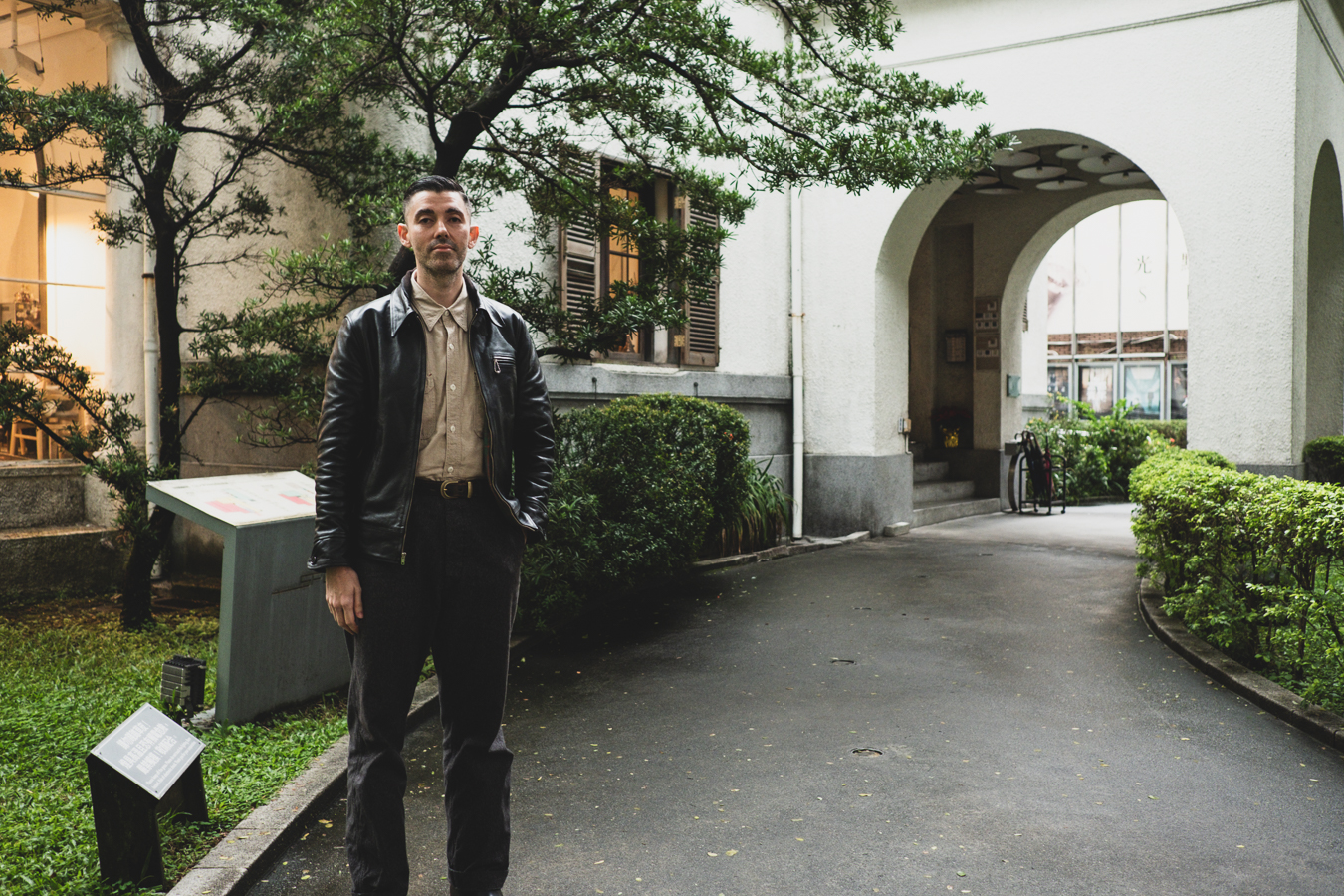
STARTING UP IN TAIWAN, PRODUCING IN JAPAN
Though based in Taiwan, all your clothing is produced in Japan. Can you give us a brief overview of how you manage your relationship with the factories and mills in Japan? What is the process like?
S: When I decided to start my brand at first, I was considering doing all the sewing myself. However I soon realized that it could take years before I was good enough to sell anything and that I’d have to move into a bigger place. However, I knew that John Lofgren had helped make clothes in Japan for some brands, since he used to make clothes before doing boots, and early on after introducing his boots.
At the time he didn’t know me, but I sent John a message on Instagram to see if it was feasible and about a week or so later he replied and said yes.
Back when he used to make clothes, John started to learn the ins and outs of working with factories in Japan and personally visiting them to get a feel for the places and how the workers are being treated. Now his team helps to communicate with factories and mills, button makers, and even tag and thread makers, to get what we need and have samples and final production runs made up for us.
That usually starts with an idea, either a specific vintage garment I want to reproduce or a fabric I see and think of how I’d like to use it. I draw my designs up by hand, include the details, choose a fabric and colors, and include vintage clothing examples, if I have any. I also provide target measurements for my own personal size and the pattern maker uses that as a basis for grading the different sizes and cutting the samples to be sewn. Once I get samples, usually a couple months later, I decide on what needs to be adjusted and we often do a second round of samples. It’s funny because “Sample Sales” always sell sample items at a discount, but making samples costs a lot per item!
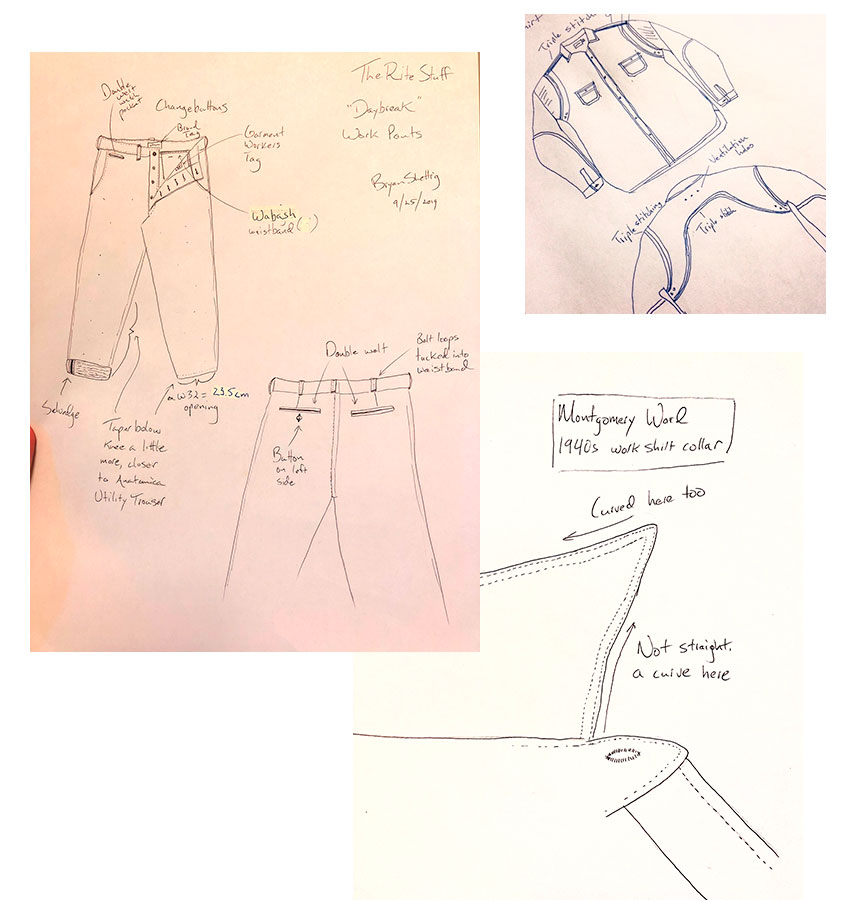
What are some of the major hurdles you have experienced in the process of realizing your vision into the final product?
S: The factories have complained a bit that I tend to have a lot of little details and it’s easy to forget some at the sample stage, so that’s always an issue. Usually the first sample will have several things to be fixed, like bartacks with the wrong color thread, a panel with fabric cut in the wrong direction, measurements slightly off target, etc.
As an example, for the Daybreaks they accidentally left off the selvedge one time because I had done two samples just before with flat-felled outseams so I guess they figured I wanted the same thing; basically I need to confirm every last detail or it could cause issues.
PRE-WWII ERA WORKWEAR
What was your thinking behind delving into the pre-WWII, 1920s-1930s workwear era clothing? What sets this era apart?
S: There are already lots of other brands that do repro well and are focused on the mid-1900s and WWII era. Go back ten or so years and it seems like all anybody talked about was mid-century or late 1800s clothing.
There are also sub-genres within this denim head world, from western to workwear, biker, sportswear and just general casual wear. Personally, my favorite of those styles is workwear, especially the kind of clothing made in the Great Lakes region and Rust Belt, specifically as work clothing. When it comes to that style, the 1920s to 1930s era was the peak of quality and design as the brands and factories were competing based on details, design, and giving customers the most for their money in a lot of cases; by the late ‘30s and going into WWII, the focus was no longer the extra details, rather due to war time efforts, workwear clothing was focused on maximizing resources and raw materials. A lot of what would be considered extraneous details were removed, from chinstraps to selvedge details, interesting pockets, and even things like double-row stitching on chest pockets and collars. It became about making things cheaper and faster, and those details in many cases didn’t come back for decades.

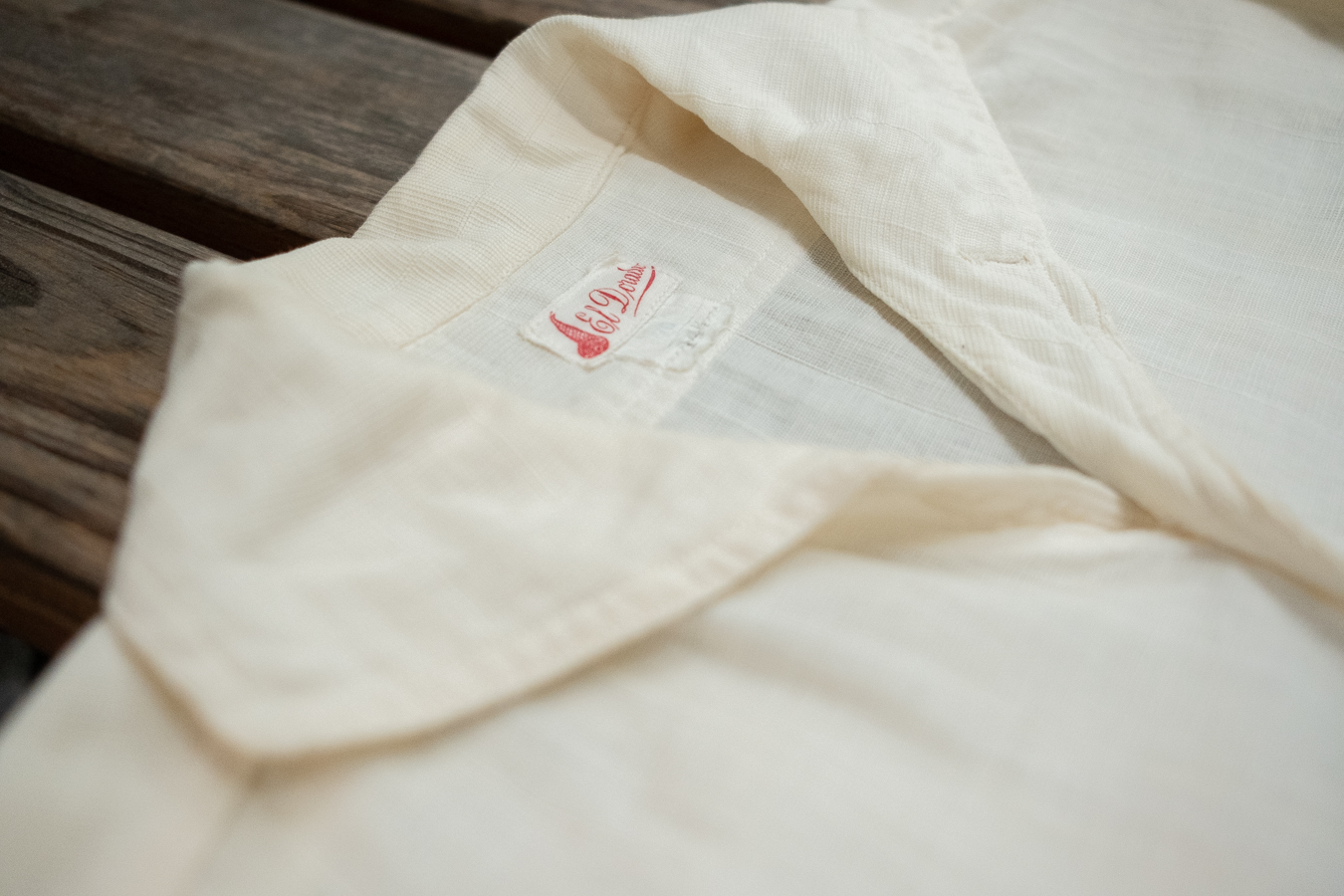
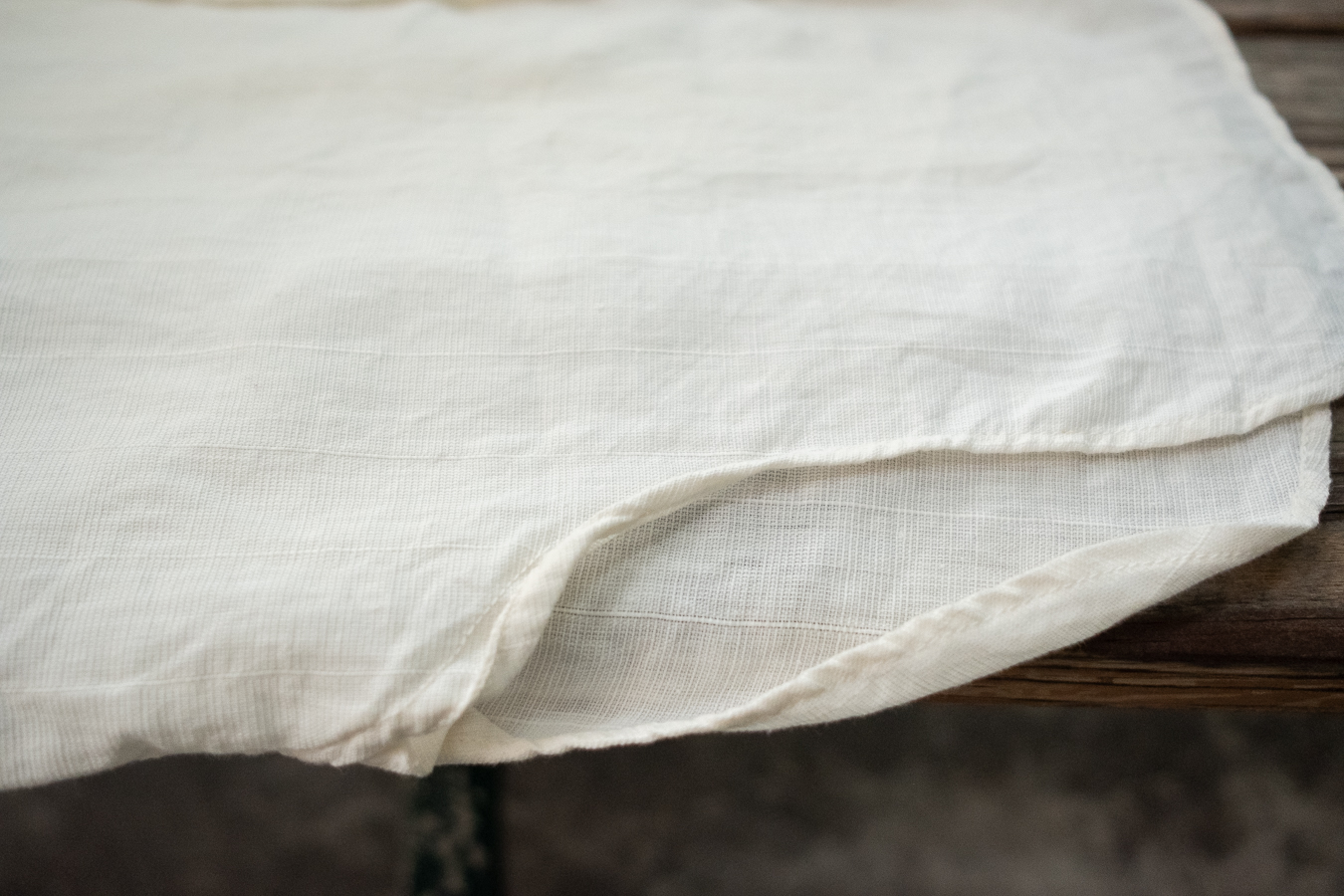
Talk us through some of the more unique, difficult to implement, or your personal favorite details in the upcoming Uncle Sam shirt.
S: The Uncle Sam is a good one, in a sense it’s the best shirt we’ve ever made because the more I do this the more I learn. So, all the measurements are dialed in on it and it has great details and fabric. The chest pockets are oversized and very functional, especially the open top cigarette double pocket. That one is complex and the factory actually put the pencil slit in the wrong place and had to make all the pockets again, delaying things for a couple of weeks.
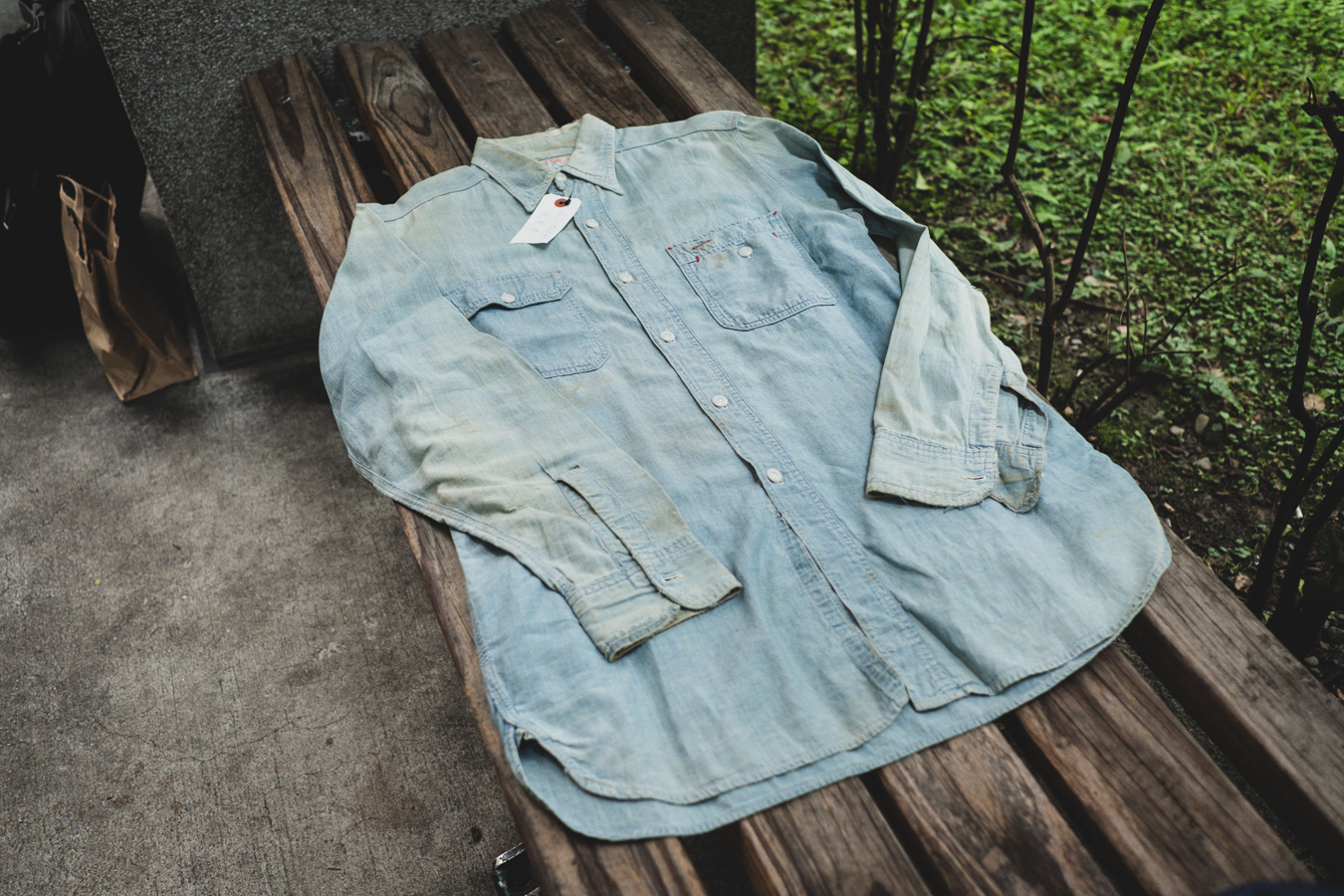
I also had the original buttons recreated as closely as possible; I really like how those buttons feel in the hand, it’s such a smooth, satisfying hand feel. The original were a kind of semi-translucent plastic and I couldn’t find anything like it so I had them made in corozo, of tagua nut, which comes very close to capturing that look.
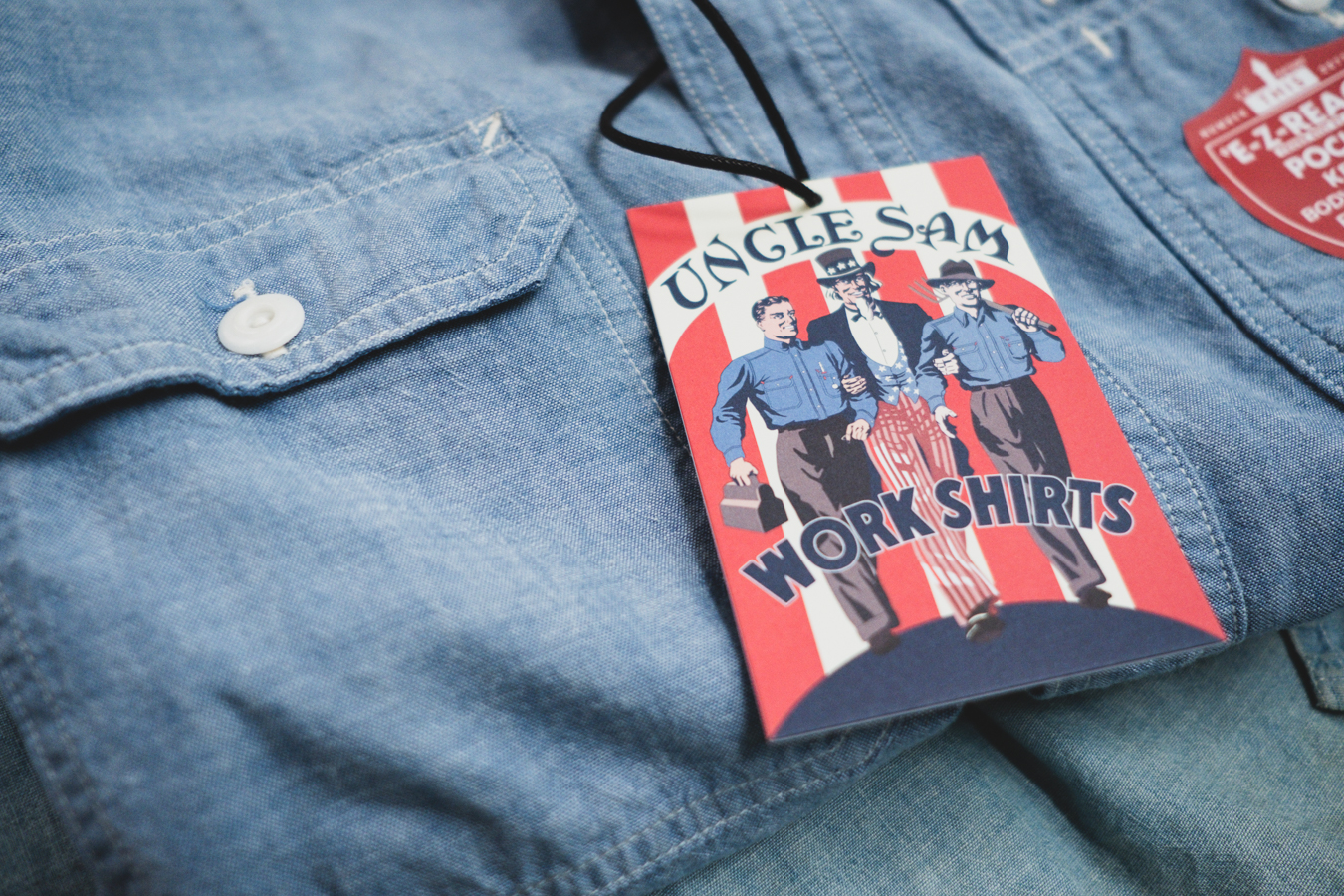
The tags were fun to do as well, both the cotton garment tag based on the original and the hang tag based on a vintage late ‘30s or early ‘40s Uncle Sam box I have. I even reproduced the original stickers that came with the shirt so it’s just turned out really well I think.
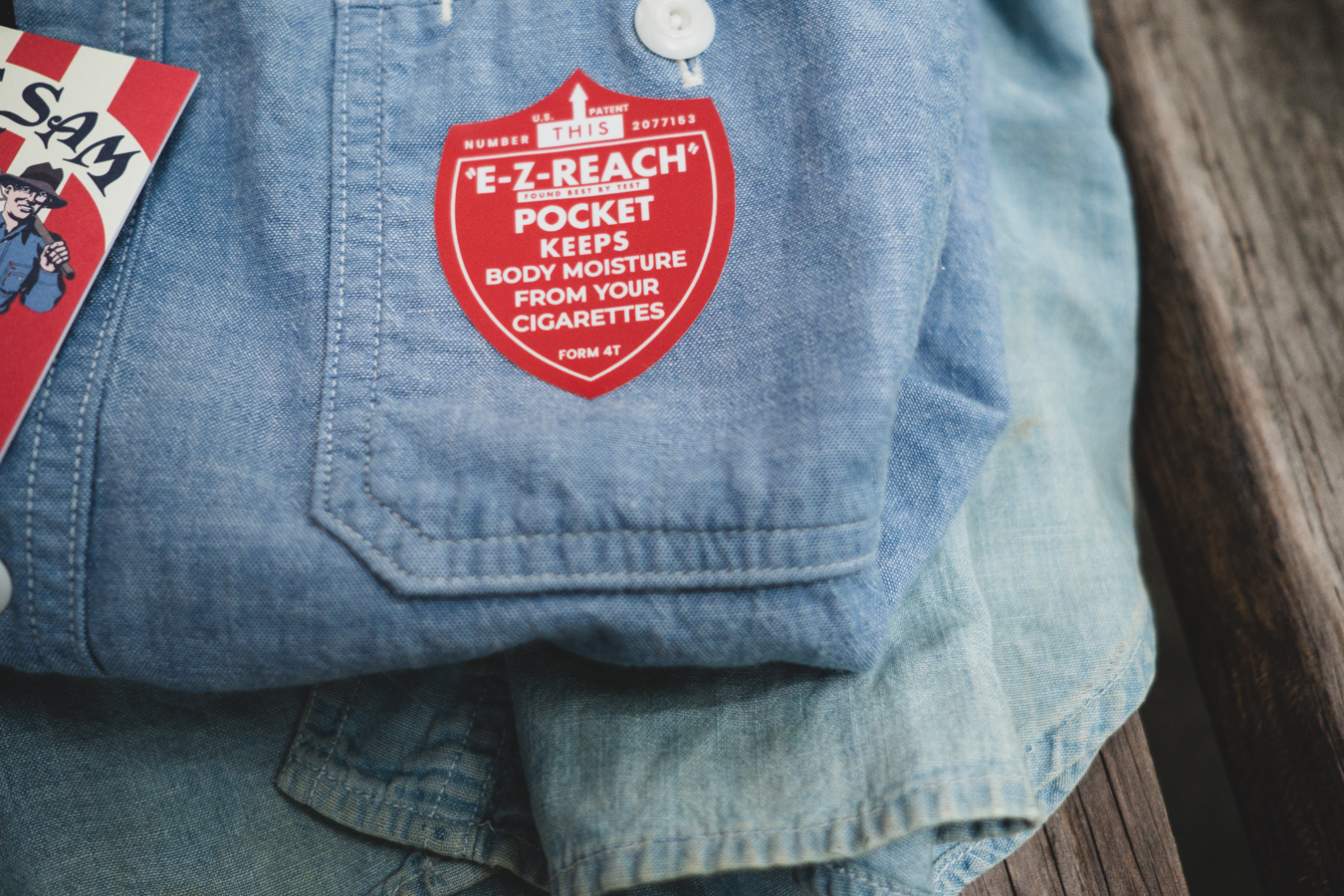
What’s the best way for newcomers to learn about the original workwear garments, in order to better appreciate your line of repro workwear?
S: They can start on my blog and read some of my posts, there’s also good historical articles on Heddels, where I used to be an editor and writer, on blogs like Vintage Workwear, and in books like Jeans of the Old West, plus Avant magazine, which I’ve contributed to more than once. If you pay for Ancestry.com you can also access scans of every Sears catalog ever produced. Then you can follow vintage pickers and collectors on Instagram like Solid Goods Vintage, Reunion Vintage, Mushroom Vintage, Pink Ployd, Jameslidgard, and many more.
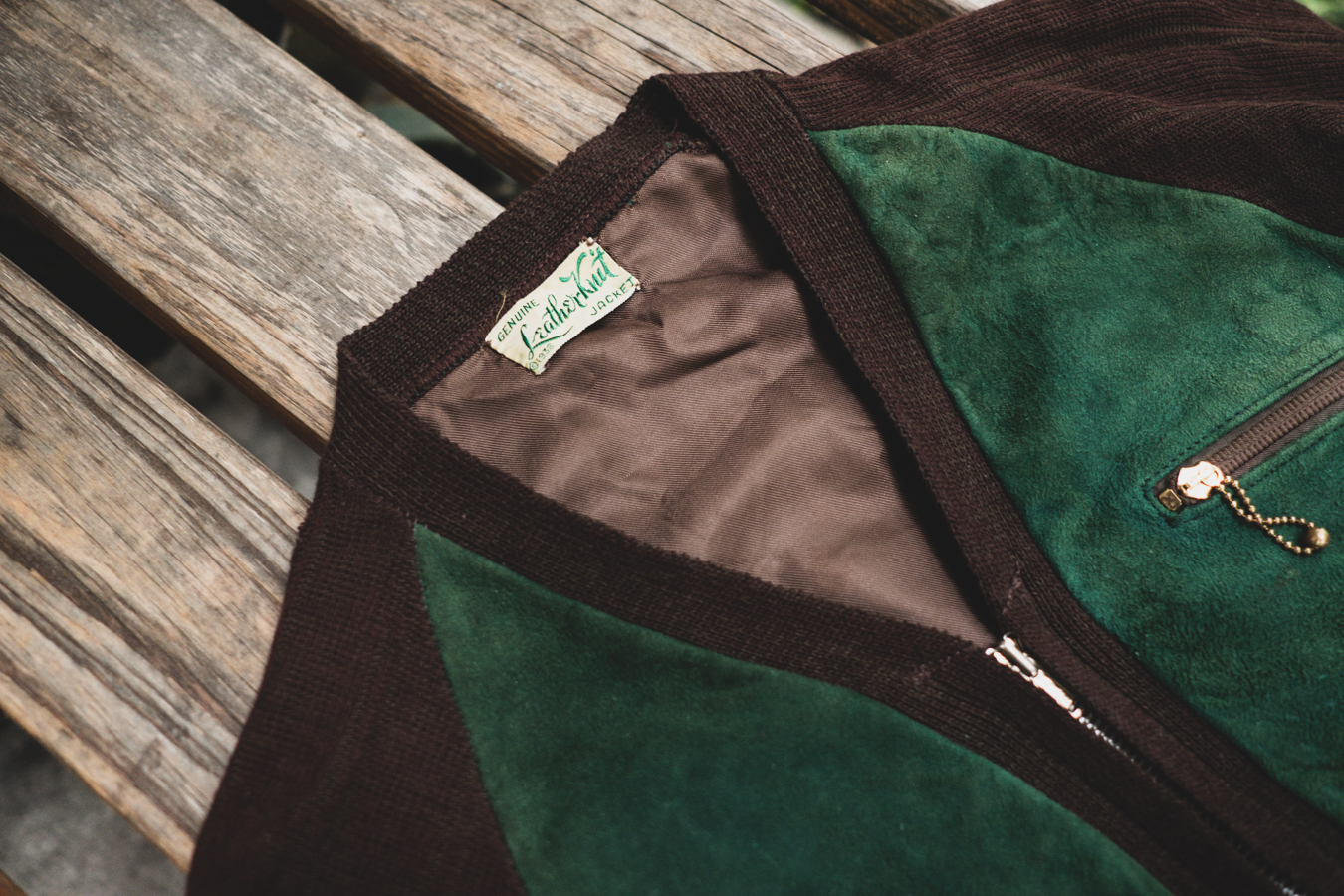
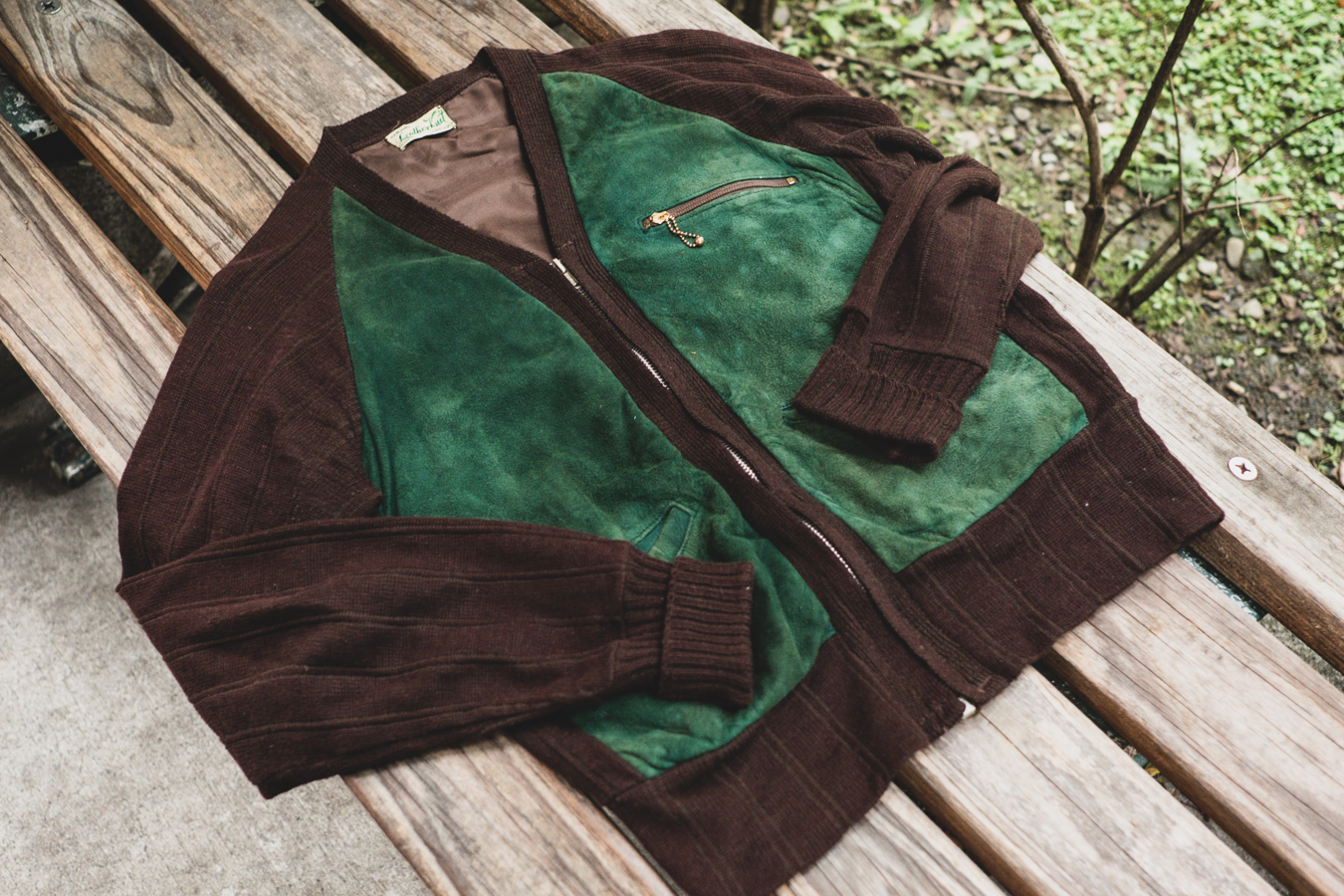
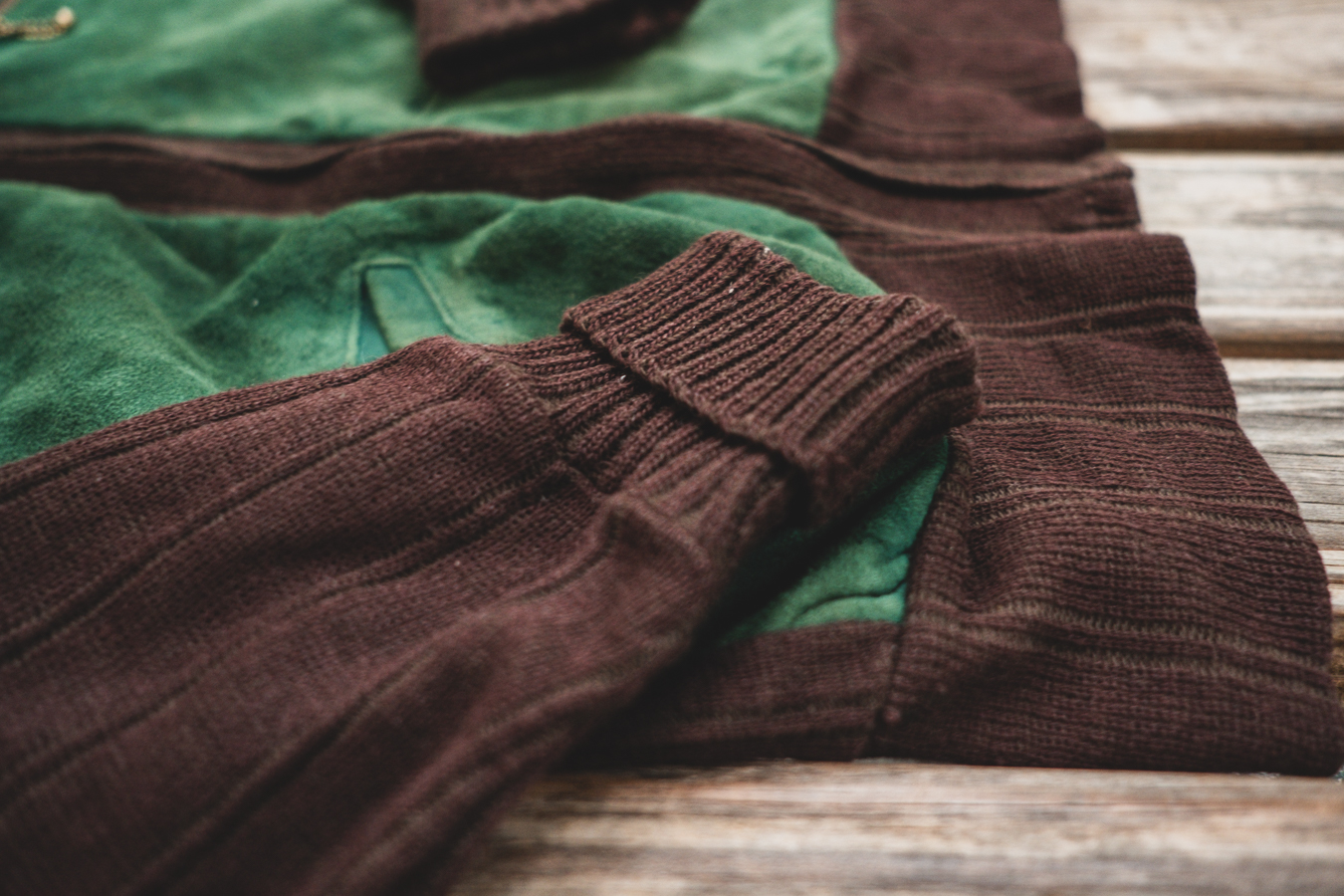
GROWING THE RITE STUFF
What plans do you have for The Rite Stuff in 2024?
S: This year is a busy one, the Titan Loopwheel Afterhoods have just landed and the Uncle Sam shirts will soon as well. Then I have the heavyweight loopwheel tees coming back, this time without pockets. I’m also looking to restock the Sage and Charcoal Atlas shirts with some new little details. I’m also working on a bag that might drop in May, and heavyweight Buffalo plaid flannels hopefully for the fall. I should bring back the Pacemakers and Daybreaks too so lots going on!
As the heritage scene and interest in vintage workwear ebbs and flows over the years, how do you see the Rite Stuff fitting into the modern man’s wardrobe?
S: I’m not really sure if things have shrunken or grown in general, honestly. Maybe it’s decreased a bit in Taiwan; I know vintage has become more popular here in recent years. I think in the US it continues to grow as more young people look to up their clothing game; maybe they just appreciate quality, details, and classic items rather than being repro nerds like myself. That’s why I think it’s important for a lot of my items to be classic, even period-correct but not look out of place in the modern era. Styles will come and go, so will trends, but truly classic designs will just keep ticking on.
Thank you for taking time to read our Rite Stuff interview! You can find our collection of The Rite Stuff over on the Withered Fig store. Produced in small batches, each style is limited with no set timelines for when they will be restocked.
